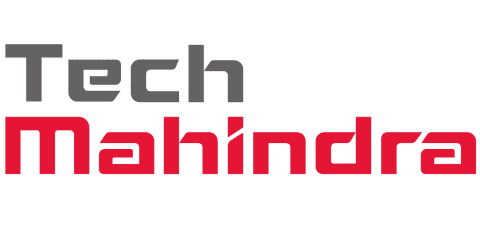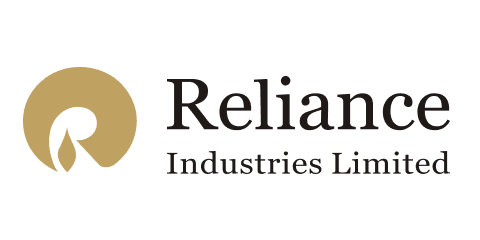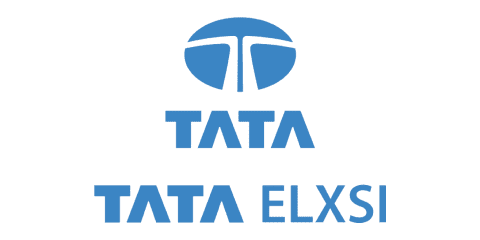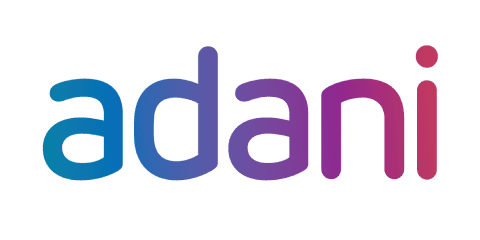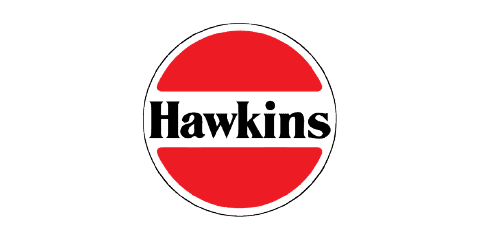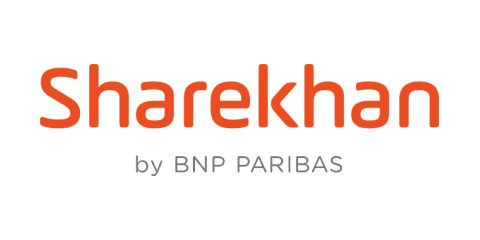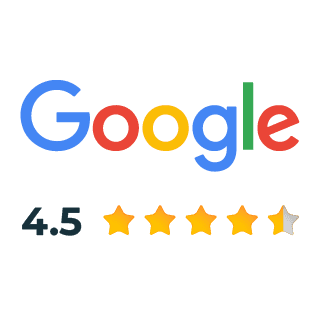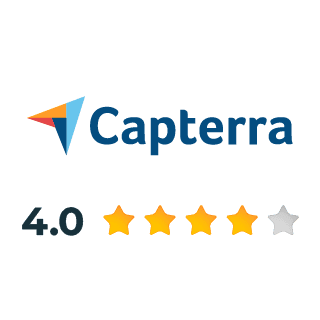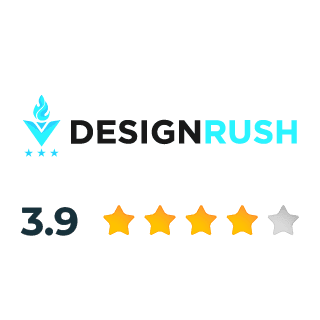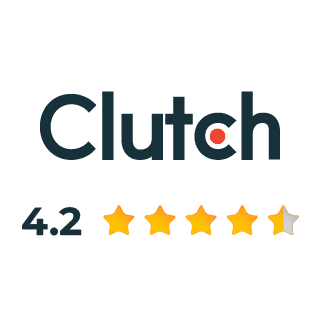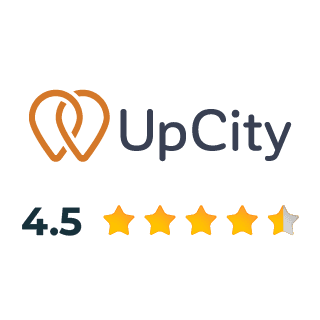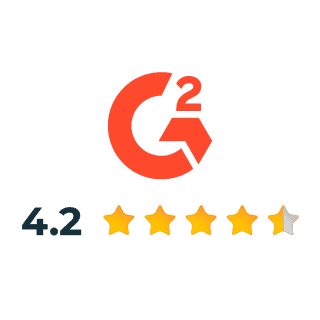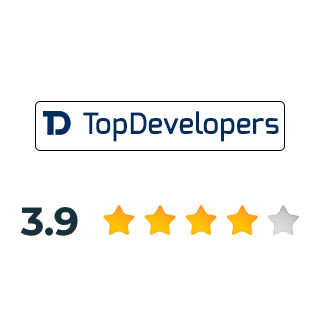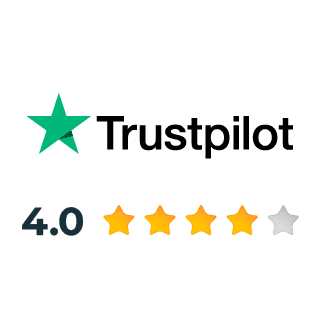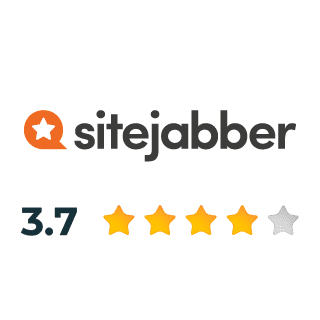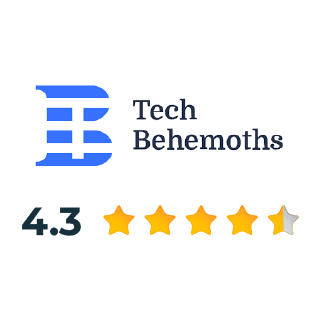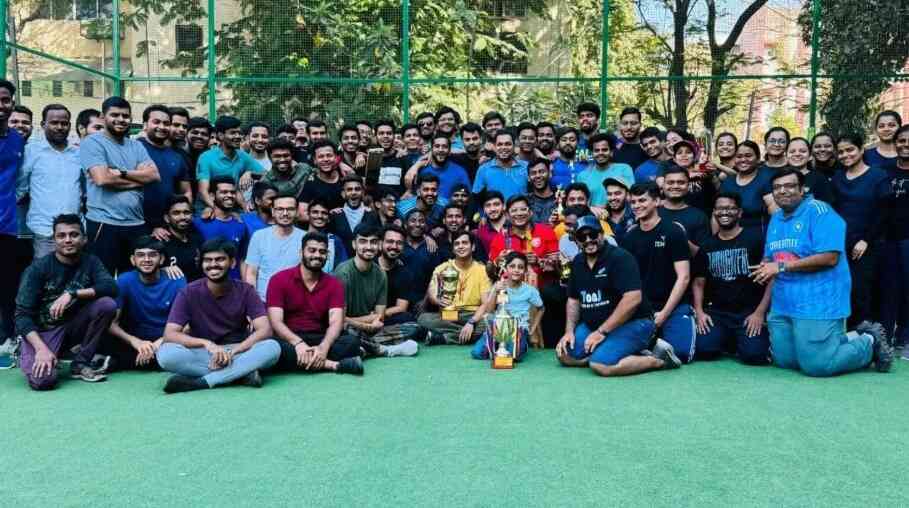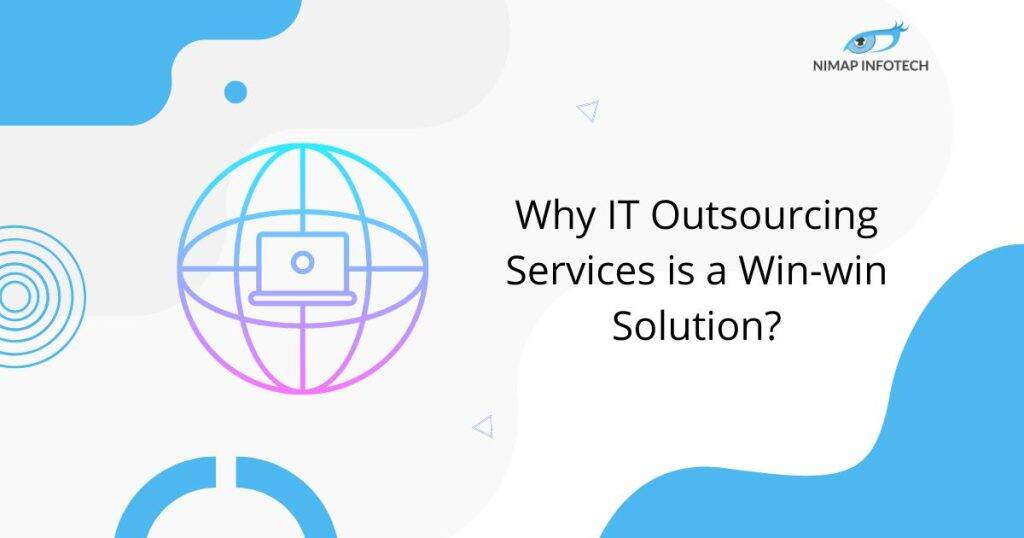About the Client
A leading global agrochemical company with a workforce exceeding 10,000, provider of sustainable agriculture products and solutions, operating in over 130 countries. The organization constantly seeks to modernize its internal tools to enhance efficiency and strategic alignment with customer needs.
Business Impact
This project enabled the agri-tech enterprise to realign its budgeting process from a top-down perspective to a customer-centric approach. The results included:
- Enhanced budgeting accuracy and data validation.
- Increased user satisfaction and adoption.
- A scalable architecture ready for future enhancements.
The Challenge
The Enterprise-grade agriculture company’s legacy budgeting tool was built for top-level budget planning. As market dynamics evolved, the company needed a more granular, customer-focused model.
“We were working with a tool that wasn’t aligned with the way our teams now engage with customers. We needed a smarter, scalable system that reflects how we actually do business.”
— Project Sponsor, Global Agri-tech Enterprise
Key challenges included:
- Data Correction & Transformation: Migrating existing top-level data to a customer-aligned structure.
- Maintaining Data Integrity: Ensuring accuracy without data loss or mismatch.
- User Experience Improvements: Delivering a smooth, intuitive workflow for diverse user roles.
Our Approach
We partnered with the Large-scale agrochemical manufacturer to reimagine their budgeting tool from the ground up. The team focused on:
- A modular redesign of the architecture.
- Improved UI/UX for streamlined user journeys.
- Backend logic that supported data validation and customer-level segmentation.
Why Angular & Spring Boot?
- Angular provided a responsive and interactive front-end capable of dynamic UI updates based on user roles and workflow stages.
- Spring Boot and Java offered a robust backend for handling complex business logic, data processing, and secure role-based access.
- Modular API architecture allowed decoupled development and easier future integrations.
Key Initiatives
- UI/UX Overhaul: Reimagined front-end design with intuitive navigation and dashboards.
- Backend Refactoring: Developed APIs and data models for customer-level budgeting.
- Data Correction Module: Created tools for bulk data migration and validation.
- Role-Based Access: Integrated permission layers to control budget visibility/editing.
- Scalable Infrastructure: Built to support future growth and functionality enhancements.
The Solution
We delivered a fully restructured budgeting tool that:
- Shifted budget granularity to the customer/account level.
- Validated user entries with intelligent data workflows.
- Simplified navigation for different user personas.
- Provided a scalable foundation for ongoing improvements.
Features Delivered
- Customer-level budgeting workflows.
- Real-time validation and data correction tools.
- Clean, role-based user interfaces.
- Modular backend APIs for seamless data integration.
- Dashboards tailored for different stakeholders.
The Results
| Metric | Before | After | Improvement |
| Process Granularity | Budgeting at top-level only | Customer/account-level budgeting | Enhanced relevance to business operations |
| Data Structure | Top-specific fields | Customer-aligned, validated structure | Better data integrity and clarity |
| User Experience | Basic UI, confusing navigation | Enhanced UI/UX, guided workflows | Increased adoption and ease of use |
| Data Accuracy | Manual entry, prone to errors | Automated validation & correction | Significantly reduced errors |
| Scalability | Rigid, hard to upgrade | Modular, API-first architecture | Ready for future upgrades and business needs |
Client Testimonial
“The revamped Budget Tool has been a game-changer. It aligns with how our teams operate on the ground and has made our planning process more efficient, transparent, and scalable.”
— Senior Manager, Finance Systems, Multinational Agri-input Corporation
Conclusion
The Budget Tool transformation for the Agrochemical leader wasn’t just a tech upgrade, it was a strategic shift. By moving from a top-heavy budgeting model to a customer-focused one, the organization improved data integrity, increased user efficiency, and prepared for future innovation.











